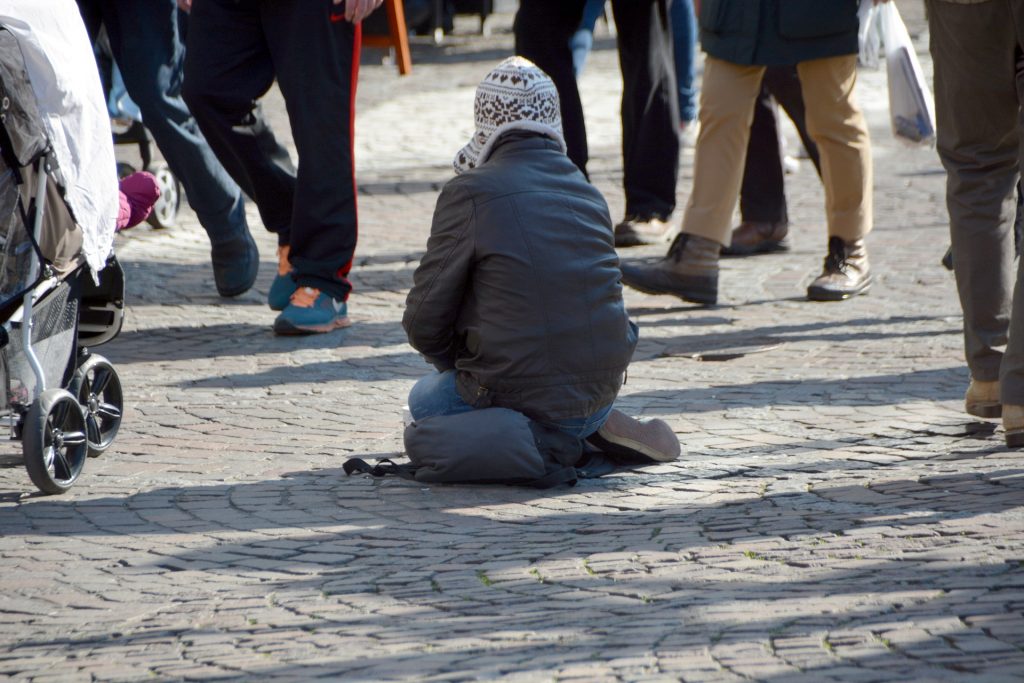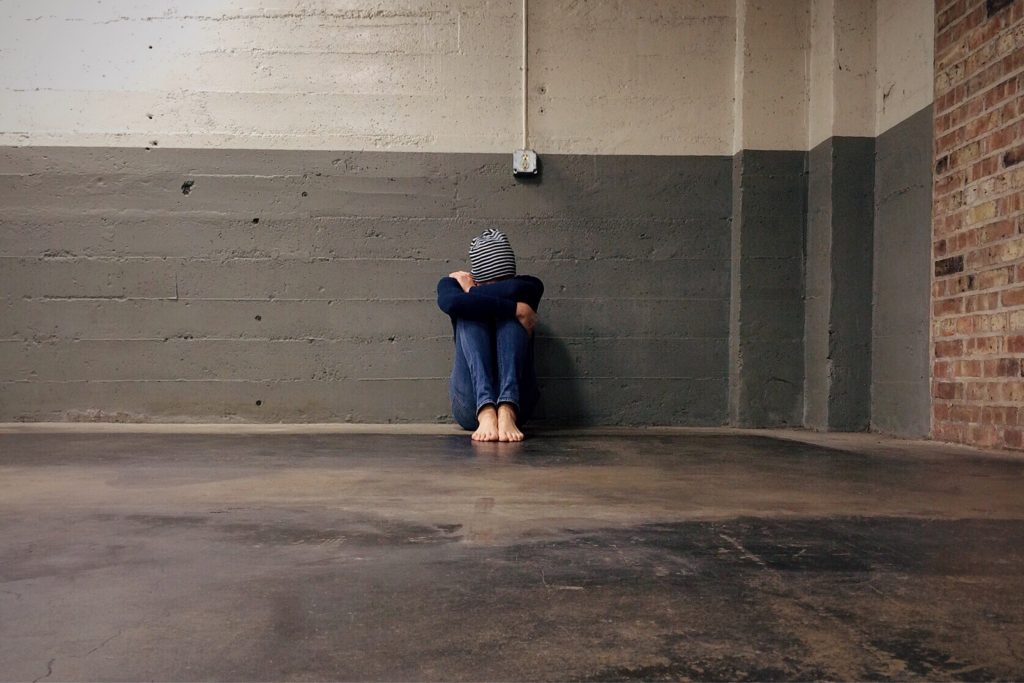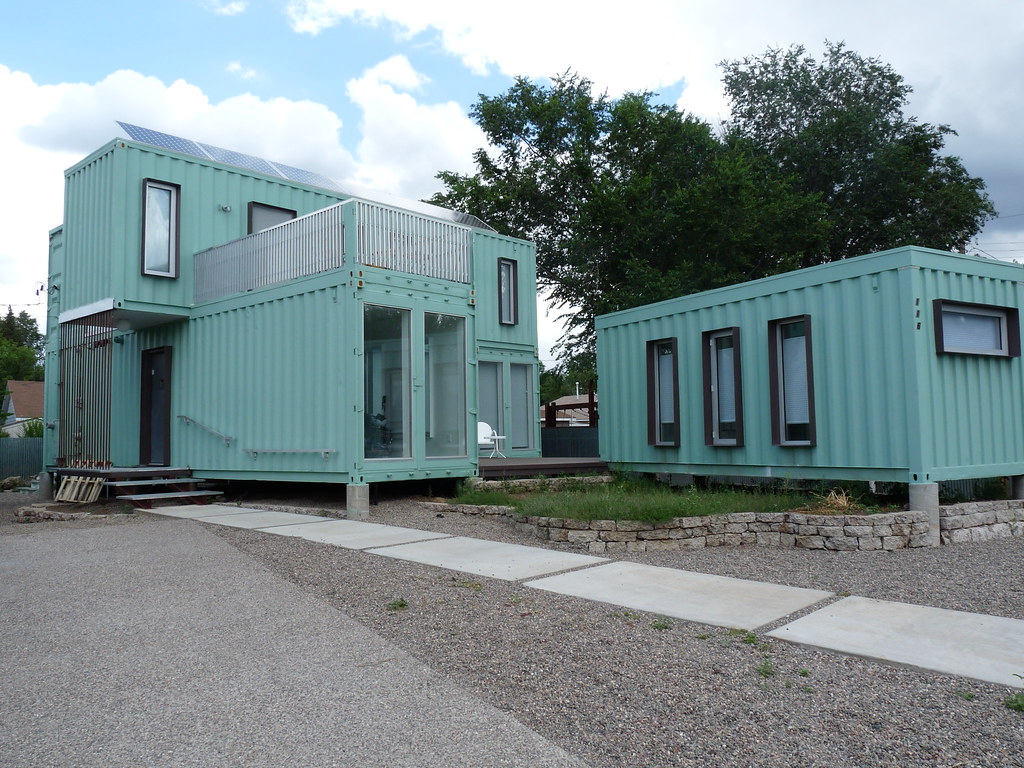Thousands of homeless children are being sheltered in converted shipping containers, ex-office buildings and B&Bs, putting them at risk of their health and well-being, the Children’s Commissioner for England said on Wednesday.
In a new report on family homelessness, the commissioner, Anne Longfield, said that over 124,000 children in England were currently in temporary accommodation, a statistic not including the “hidden” number of homeless children who sofa-surfed between homes, of which the commissioner believed there were 92,000.
The report outlined that a further 375,000 children were also at risk of becoming homeless.
What Is Causing The Homeless Crisis?

Image Credit: Pixabay
The report pinned the high figures of child homelessness on the small numbers of affordable housing, changes in the welfare system, including the often unpredictable and difficult to navigate universal credit system, as well as a current four-year freeze on housing benefits.
Simone Vibert, senior policy analyst at the Children’s Commissioner’s Office, and author of the report, added that many parents were being “trapped by increasing rents and an unforgiving welfare system.”
There is very little many families can do to break the cycle of homelessness once it begins.
Simone Vibert, senior policy analyst, Children’s Commissioner’s Office
“There is very little many families can do to break the cycle of homelessness once it begins,” Vibert added, explaining that the government needed to take more responsibility when it came to preventative measures.
“Government statistics fail to capture the hundreds of thousands of children living in families who are behind on their rent and mortgage repayments.
“Frontline professionals working with children and families need greater training to spot the early signs of homelessness and councils urgently need to know what money will be available for them when current funds run out next year,” Vibert said.
The Problem With Living In A Shipping Container

Image Credit: Pexels
It might seem a bit hipster to live in a shipping container, but the reality of emergency accommodation couldn’t be further from cold brew coffees and house plants.
The conditions that homeless children were being made to live in are overcrowded and disruptive, Longfield said, making it difficult for them to do homework or play.
Lucy was in her early twenties when she and her two-year-old son, Jake, became homeless. Her local authority placed the two of them in a converted office block far from their home as an emergency measure.
When she arrived, the small room was unfurnished and she got offered drugs on the street.
They need a higher standard of care; they failed me in so many ways. The fact that they get away with it is so, so bad.
Lucy, a homeless mother
“It was in an industrial estate in the middle of nowhere,” Lucy said. “There were a lot of people congregating at the entrance who didn’t live there and I felt unsafe. I was approached to buy drugs during the day on the way to the shops with my son.”
Lucy was forced to stay there for 11 months as the council slowly made progress on her case. She continued to complain, and was eventually moved back closer to home into another emergency accommodation apartment.
“They need a higher standard of care; they failed me in so many ways,” she said of the local authorities who managed her case. “The fact that they get away with it is so, so bad.”
It is a scandal that a country as prosperous as ours is leaving tens of thousands of families in temporary accommodation for long periods of time, or to sofa surf.
Anne Longfield, the Children’s Commissioner
Commenting on the report, Longfield said that when carrying out the research for the report, many children said that living in alternative shelters can be scary.
“Something has gone very wrong with our housing system when children are growing up in B&Bs, shipping containers and old office blocks.
“It is a scandal that a country as prosperous as ours is leaving tens of thousands of families in temporary accommodation for long periods of time, or to sofa surf,” she said, adding that the Government must “invest properly in a major house-building programme and that it sets itself a formal target to reduce the number of children in temporary accommodation.”







